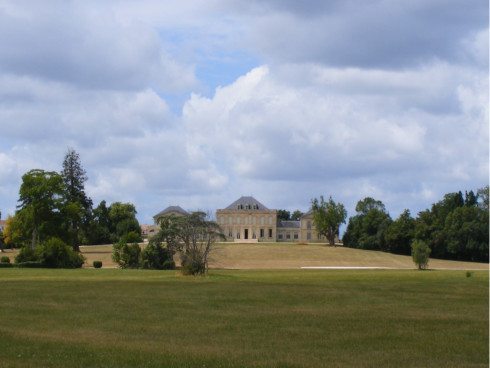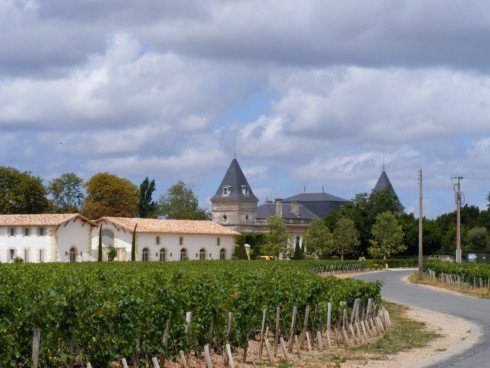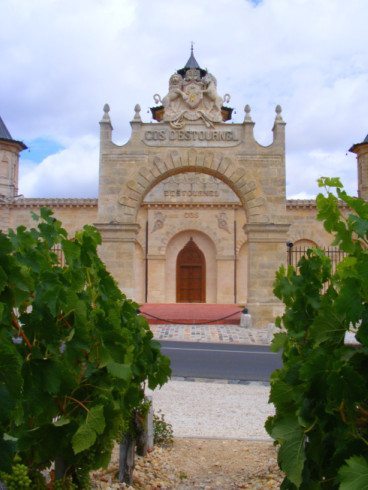In a last minute panic to beat the hordes not to mention the school holiday prices – the Porter family made a hasty decision to escape the grey and have a week on a beach – but where to go? With two little people under three – anything too ‘long haul’ was off-limits – and the UK’s summer so far meant we did not dare risk the all too hip ‘staycation’.
After a momentary review of our options we plumped for an old favourite – the Atlantic coast of Bordeaux. The beaches here are astonishing. Miles and miles of fine golden sand – and unquestionably the best waves in Europe. For the more genteel swimmer or the toddling paddlers there are also the calmer waters of the enormous lakes that stretch for miles just inland from the coast or even the lagoon at Arcachon. So, as long as the sun shone this was going to be ideal.
Thankfully it did – most of the time – and when it did not – what better ‘grey day’ distraction for any ‘amateur du vin’ than the sprawling vineyards of Bordeaux and in particular the Medoc.!?
Just twenty minutes heading west from our base in Hourtin sits the pretty village of St Estèphe. This is the most northerly of the four important communes in the Medoc – and the only one I had not been to before. On our last visit to Bordeaux it was just a step too far heading north up the ‘Route des Châteaux’, for the very patient Mrs Porter. After the umpteenth stop between Margaux, St Julien and finally Château Lafite in Pauillac she called it a day on my incessant diversions and diatribes about yet another unmissable chateau.
In fact, St Estèphe starts right where Château Lafite, in the very north of Pauillac, finishes – separated by the smallest of streams. Geographically the soil starts the same as in Pauillac – with deep gravel beds – but as you go further into the area, clay begins to dominate and this is notable in the different style of wine made here. The ability of the clay to hold onto water means that often in the hot vintages, St Estèphe fairs better than the better drained soils further south – and the wines are certainly different and have their own distinct style. The best examples are classically powerful and intense – often tricky to taste when young – but with patience these can evolve into supremely elegant wines.
With the exceptions of Château Cos d’Estournel and Château Montrose – there are no really big name, blue chip estates here – but there are some excellent mid-range names such as the brilliant Lafon-Rochet, the stalwart Château Meyney and the serious wines from Calon-Segur as well as some super, value-offerings at Cru Bourgeois and even ‘village’ level. These include Lea and Sandeman favourites Capbern Gasqueton and Tronquoy Lalande as well as our perennial best seller – Les Ormes de Pez.
As we picnicked amongst the vines close to Château de Marbuzet we were struck by the beauty of the place. From our tartan square we could see the gleaming spires of seven beautiful castles with nothing but vines filling the gap in the landscape. The Medoc has a certain majesty – it is an other-worldly place to spend time – close to a theme park at times with pristine chateaux dotting the rolling, verdant landscape – prompting our toddler to innocently ask – ‘where are all the princesses?’

Any wine lover should visit this alluring place – and St Estèphe is well worth the stretch to the top of the Medoc – a gentle introduction to the magic. It is calmer, more rustic and more real than Margaux, St Julien and Pauillac – but still deeply impressive – and on the whole this is true for the wines too – more down to earth, more amenably priced and yet distinctly Bordeaux.
For more details on St Estephe I recommend this official website: https://www.vins-saint-estephe.com/
